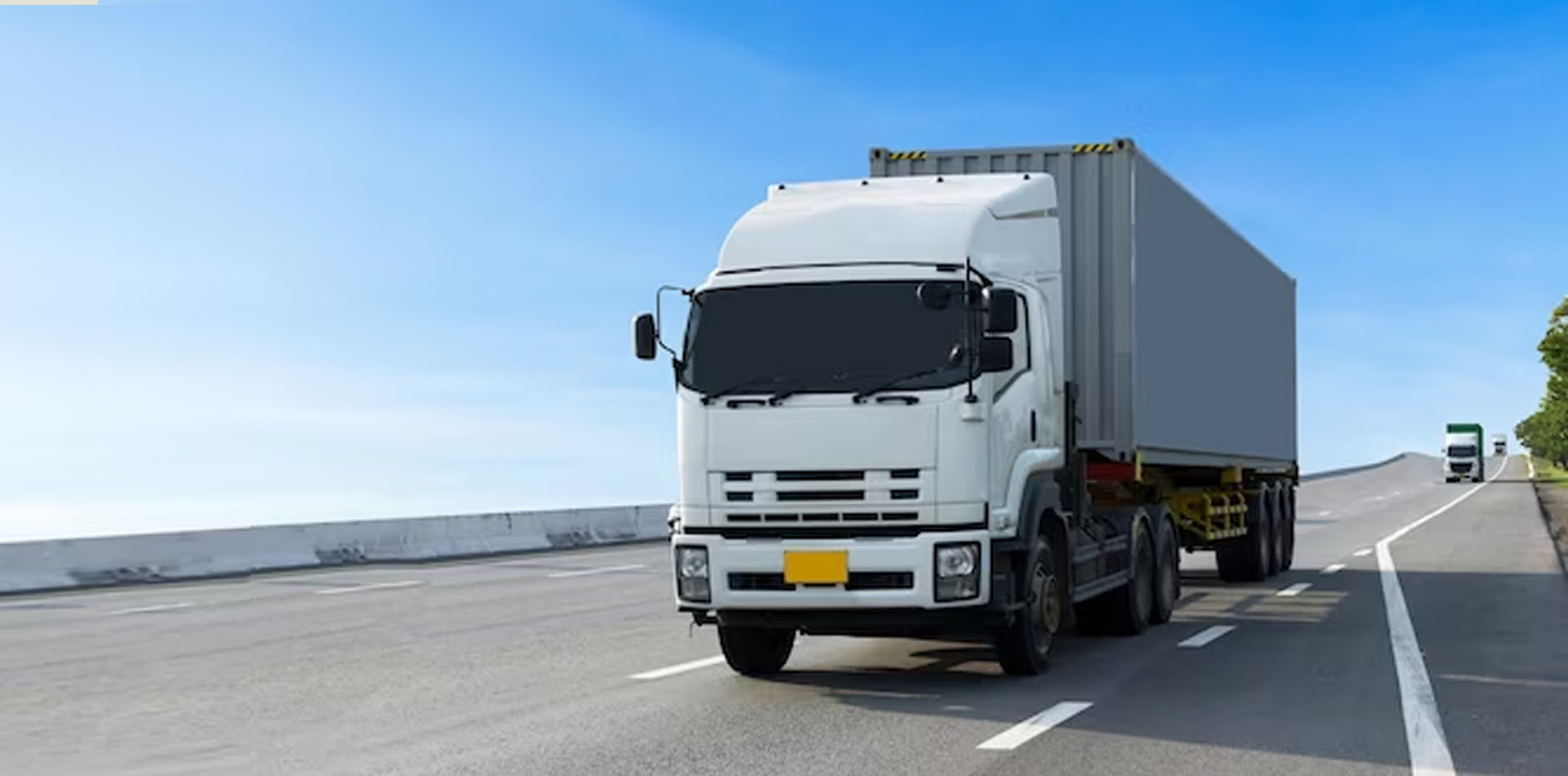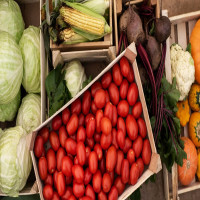
Cold Supply Chain Trends in India: A 2023 Retrospective and 2024 Outlook
The Indian cold supply chain saw growth in 2023, driven by demand and technology. Challenges persist, but trends include tech integration, sustainability, collaboration, government support, and skill development, shaping a dynamic 2024 outlook.
The Indian cold chain sector is a rapidly growing industry that provides temperature-controlled logistics services for perishable goods. The cold supply chain in India has witnessed significant transformations in 2023, driven by a combination of factors, including the rising demand for processed food products and the growth of the retail and e-commerce industry in the region. According to a report by Expert Market Research, the Indian cold chain market was valued at INR 1,678.79 billion in 2023 and is expected to grow at a CAGR of 14.3% to reach INR 3,742.98 billion by 20321. Another report by IMARC Group estimates that the Indian cold chain market will reach INR 3,798.7 billion by 2028, exhibiting a CAGR of 12.3% during 2023-2028.
And while the industry has become more resilient, efficient, and responsive, it continues to battle with several challenges.
Current Challenges in the Cold Supply Chain Sector:
Despite the positive trajectory, the cold supply chain sector in India grapples with several challenges that demand attention and strategic solutions. One pressing concern is the significant level of food wastage within the supply chain. Inefficiencies in storage, transportation, and handling contribute to substantial losses, impacting both economic and environmental sustainability. The lack of seamless integration in last-mile deliveries before aggravates this challenge, as temperature-sensitive goods often face delays and disruptions during the final leg of the journey. Inadequate infrastructure and technology integration at the last mile hinder the industry’s ability to ensure timely and temperature-controlled deliveries, leading to potential spoilage and wastage of perishable products. Addressing these challenges will be imperative for the cold supply chain sector to fully realize its potential and contribute effectively to the evolving needs of the Indian market. Innovative solutions and collaborative efforts are essential to streamline last-mile deliveries and minimize food wastage, fostering a more efficient and sustainable cold supply chain ecosystem.
Key Trends of 2023
Technological Integration:
In 2023, technology played a pivotal role in reshaping the cold supply chain landscape. The integration of Internet of Things (IoT) devices, sensors, and real-time tracking systems became ubiquitous. This not only enhanced visibility across the supply chain but also allowed stakeholders to monitor the condition of goods in transit. Temperature-sensitive products, such as pharmaceuticals and perishable foods, benefitted from advanced monitoring systems, reducing the risk of spoilage and ensuring compliance with regulatory requirements.
Data Analytics for Predictive Maintenance:
Data analytics emerged as a game-changer in the cold supply chain. Predictive maintenance algorithms, powered by artificial intelligence, were employed to forecast equipment failures and prevent downtime. This proactive approach not only reduced operational costs but also ensured that cold storage facilities operated at peak efficiency, maintaining the integrity of temperature-sensitive products throughout the supply chain.
Government focus on building Cold Chain Infrastructure:
Modernising cold chains and post-harvest infrastructure to significantly reduce food waste, create a surplus for exports, and enhance the income of farmers, has been on the government agenda since the launch of the National Logistic Policy. In line with achieving the Sustainable Development Goal of zero hunger, the focus on improving cold storage infrastructure for agricultural and food related cold chains, has been instrumental in the growth of cold warehousing and transportation in 2023. This growth was particularly pronounced in tier-II and tier-III cities, reflecting the maturation of the cold supply chain beyond major urban centers.
Rising Demand for Last-Mile Delivery Solutions:
With the proliferation of e-commerce, there was a surge in demand for last-mile delivery solutions with temperature control capabilities. This trend was especially evident in the pharmaceutical and food sectors. Cold chain logistics providers adapted by investing in electric vehicles with integrated cooling systems, ensuring the safe and timely delivery of temperature-sensitive goods to the end consumer.
Regulatory Compliance and Quality Assurance:
Regulatory scrutiny and consumer awareness regarding product safety and quality increased in 2023. Cold supply chain stakeholders focused on ensuring compliance with regulatory standards, particularly in pharmaceuticals and food. The adoption of blockchain technology for supply chain transparency gained traction, enabling end-to-end traceability and assuring consumers of the authenticity and quality of the products they purchase.
Outlook for 2024
Continued Technological Advancements:
In 2024, the cold supply chain is expected to witness further technological advancements. The integration of blockchain for enhanced traceability, the use of artificial intelligence for predictive analytics, and the adoption of 5G for real-time data transmission will be at the forefront. These technologies will not only improve operational efficiency but also bolster the industry’s ability to respond rapidly to dynamic market demands.
Sustainable Cold Chain Practices:
Sustainability will be a key focus in 2024, driven by both environmental concerns and consumer preferences. Cold supply chain stakeholders are anticipated to invest in eco-friendly refrigeration solutions, energy-efficient transportation, and the use of renewable energy sources. This shift towards sustainability aligns with global trends and reflects a commitment to reducing the industry’s carbon footprint.
Collaborative Partnerships Across the Supply Chain:
Collaboration will be a hallmark of the cold supply chain in 2024. To address the complexities of the supply chain, stakeholders are expected to form strategic partnerships and alliances. This includes collaborations between logistics providers, technology firms, and regulators to create a seamless and integrated cold supply chain ecosystem.
Government Initiatives and Incentives:
Governments at both the central and state levels are likely to play a more active role in shaping the cold supply chain landscape. Initiatives and incentives to promote investments in cold storage infrastructure and technology are expected to be introduced. This support will be crucial for the industry to meet the growing demands of a diverse and expanding market.
Focus on Skill Development:
Recognizing the need for a skilled workforce to manage the complexities of the cold supply chain, there will be an increased emphasis on skill development and training programs. This includes training for cold storage facility personnel, logistics professionals, and those involved in the maintenance of temperature-sensitive transportation.
As we bid farewell to 2023, the cold supply chain in India stands at the crossroads of innovation and adaptation. The trends that shaped the sector this year have laid the foundation for a more robust and resilient industry. Looking ahead to 2024, stakeholders are poised to embrace technological advancements, sustainable practices, and collaborative efforts to meet the evolving needs of a dynamic market. The cold supply chain in India is not merely a facilitator of logistics; it is a critical enabler of economic growth, public health, and consumer satisfaction.






